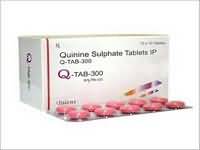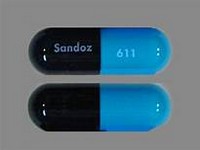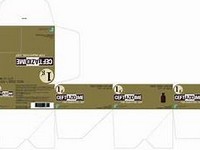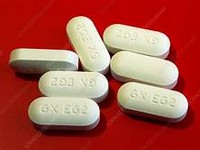Quinine

CLINICAL USE
Severe and complicated falciparum malariaNocturnal crampDOSE IN NORMAL RENAL FUNCTION
IV: Quinine dihydrochloride: Loading dose 20 mg/kg to maximum 1.4 g, then after 8 hours, maintenance 10 mg/kg (up to maximum 700 mg) 8 hourly, reduced to 5–7 mg/kg if parenteral treatment required for more than 48 hoursOral: Quinine sulphate 600 mg every 8 hours for 5–7 daysNocturnal cramp: Quinine sulphate 200– 300 mg at nightPHARMACOKINETICS
DOSE IN RENAL IMPAIRMENT
GFR (mL/MIN)
DOSE IN PATIENTS UNDERGOING RENAL REPLACEMENT THERAPIES
IMPORTANT DRUG INTERACTIONS
Potentially hazardous interactions with other drugsADMINISTRATION
Reconstition
_Route
IV infusion
, oralRate of Administration
4 hoursComments
Add to sodium chloride 0.9% or glucose 5% for infusionLoading dose of 20 mg/kg may be required in some cases (refer to specialist treatment). Not to be given if patient has had quinine or mefloquine in previous 12–24 hoursOTHER INFORMATION
Quinine dihydrochloride injection is available as a special orderMonitor for signs of cardiotoxicity Give doses after haemodialysis on dialysis daysMonitor quinine levels if patient exhibits any symptoms of toxicity.
See how to identify renal failure stages according to GFR calculation
See how to diagnose irreversible renal disease
Home








